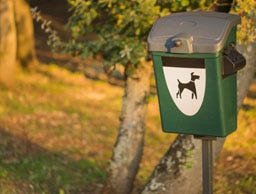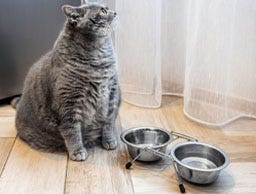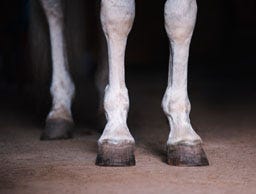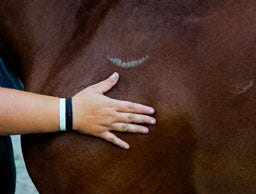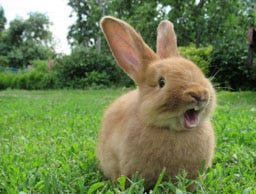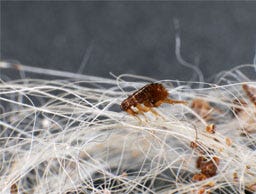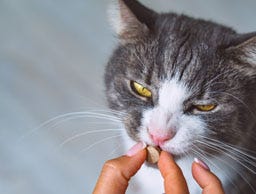Healthy Vs Unhealthy Gums in Pets
Maintaining your pet’s oral health goes beyond just their teeth, and the colour of your pet’s gums could be an indicator of something being wrong.
Gums (or gingiva) are the soft, pink tissue in your pet’s mouth along their upper and lower jaws. Your pet’s gums are an essential part of your pet’s dental health as their fundamental purpose is to protect and keep all teeth in their natural place. Your pet’s gums also form a seal at the visible bottom of your pet’s teeth to help protect the root system from decay.
In this guide, we take a look at what healthy gums look like in pets, as well as how to spot unhealthy gums in dogs and cats, so you can stay on top of your pet’s oral health.
What Colour Should Dogs' Gums Be?
The healthy gum colour for dogs and cats is salmon or bubble-gum pink (think the colour of cooked shrimp) depending on their breed.
Gums should be moist, smooth to the touch and return to their normal colour within two seconds of applying pressure to them. This is what’s known as capillary refill time. Your pet’s gums are full of capillaries, which are delicate blood vessels that deliver oxygen and nutrients throughout your pet’s entire body.
If your pet’s gums are off-colour or have an abnormal capillary refill time, this can be an indicator of disease, infection, or something else that is affecting your pet’s circulation. In this case, we’d recommend contacting your vet as soon as possible.
Black Gums in Dogs & Cats
Some dog breeds have naturally black gums, or naturally spotted gums, such as Chow Chows, Shar-Peis, Dalmatians and more. For dogs with naturally black gums, black is their healthy colour.
The same goes for cats. Black-spotted gums are common in black cats, ginger cats, tortoiseshell cats, Siamese cats and more. In these instances, black and pink is the healthy colour for the cat's gums.
If you’re ever unsure about your pet’s gum health, speak with your vet for further advice.
Gum Colour Chart for Cats & Dogs
You should check your pet’s gums at least once per week both for their dental and overall health. The colour of your pet’s gums can be a serious indicator that something is wrong internally. Below, we’ve listed some of the most common gum colours in pets and what they indicate so you know what to do should you notice any change.
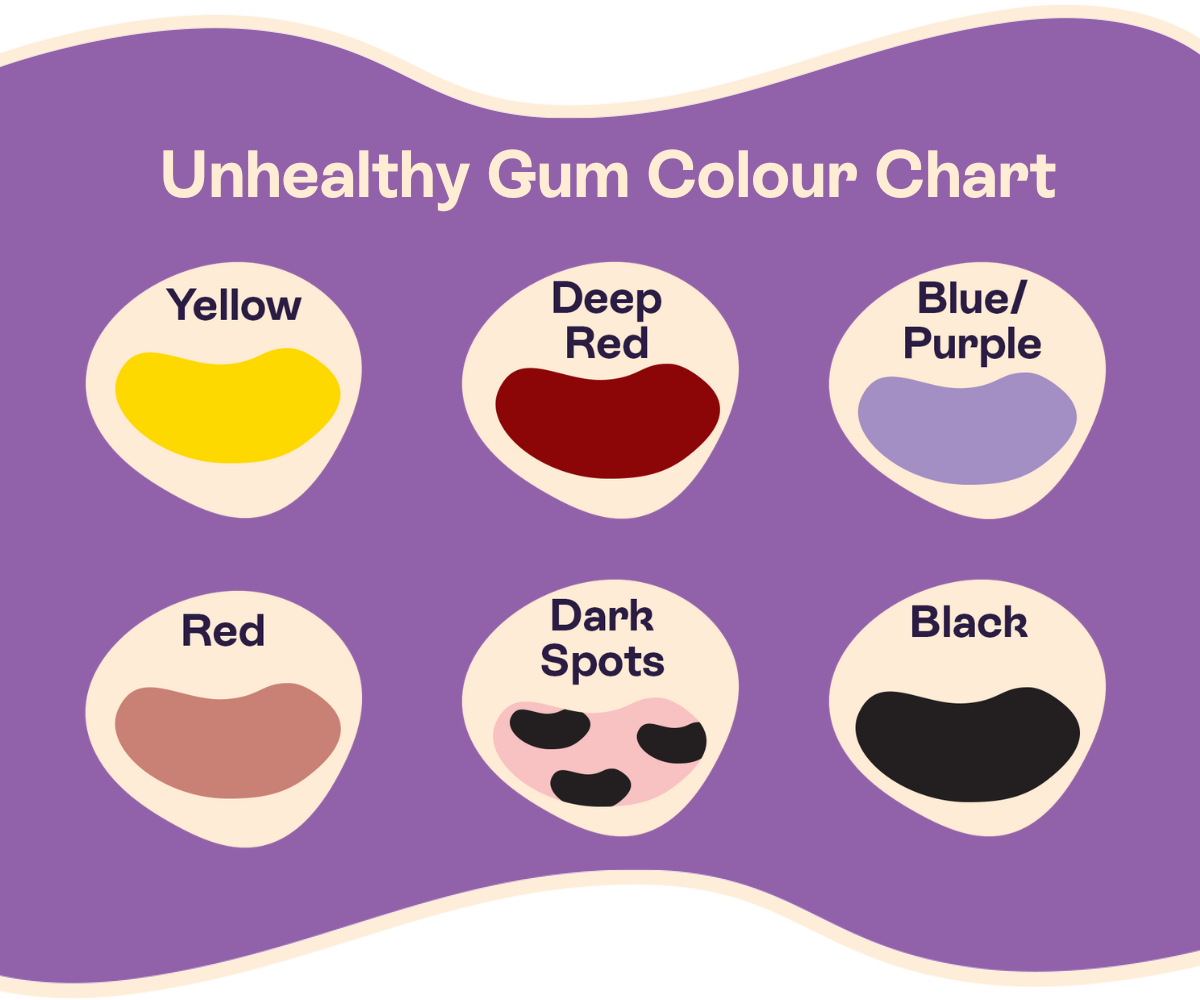

Purple, Blue or Grey gums in Dogs & Cats
If your dog’s gums are grey, blue or purple in colour, this could indicate poor circulation or lack of oxygen in the blood (also called cyanosis), which is a medical emergency in all pets and requires immediate veterinary care.
Cyanosis occurs when there is something wrong with your dog’s vascular (blood) or respiratory (lung) systems and can be caused by several conditions, including but not limited to:
- Heart disease
- Pneumonia
- Cancer
- Heart failure
- Autoimmune diseases
Your dog’s body depends on the efficacy of their cardiovascular system to deliver oxygen to every cell, tissue and organ in the body to keep them functioning. Without enough oxygen, vital organs, including the heart and brain, can suffer irreparable damage, even if only for a short while. Contact your vet immediately if you notice your pet’s gums are blue, purple or grey.
Yellow Gums in Dogs & Cats
Yellow gums are a key sign of jaundice, which is a medical emergency in all pets, as it may indicate liver or red blood cell damage.
Jaundice refers to the yellowing of your dog’s gums, eyes and skin that occurs when there is an increased bilirubin in your dog’s blood. Bilirubin is a yellow-orange waste substance that is produced naturally when the body breaks down old red blood cells.
Bilirubin typically goes through an enzymic process in the intestines before it is excreted in urine. However, if there is an underlying condition that prevents the liver from properly processing bilirubin, the substance will build up in the blood, causing the yellowing of gums, eyes, or skin in dogs. Some conditions that may cause jaundice in dogs include, but are not limited to:
- Liver Failure
- Cancer
- Immune-mediated hemolytic anemia (IMHA)
- Infections (viral, fungal, bacterial or parasitic)
- Gallbladder disease:
Yellow gums in pets are also a known side-effect of blood transfusions.
Pale Gums in Dogs & Cats
Pale or whitish gums in dogs and cats are typically a sign that something is wrong with your pet's circulation, which can be caused by anaemia, shock, blood loss, or even heart disease.
Anaemia itself is a condition in pets that could have many potential causes, including internal bleeding, clotting issues, kidney failure and more.
If you notice your dog’s gums are white or paler than usual, contact your vet as soon as possible for a consultation. Some medications can also cause canine anaemia, so bear this in mind when speaking with your vet.
Red Gums in Dogs & Cats
If your dog’s gums are a deep red or cherry red colour, this could be a sign they’ve ingested something toxic, and you should call your emergency vet or the Pet Poison Hotline as soon as possible.
Your pet's gums may also turn slightly red if they’re hot or overexerted as their blood pressure rises. However, this is not always cause for concern so long as they return to normal once they’ve rested. If they stay red, call your vet as soon as possible.
If your dog’s gums are bleeding or red around the gumline this is usually a sign of inflammation, which can be caused by gingivitis, an early sign of gum disease in pets. Gingivitis often clears up after professional clean and proactive pet dental care at home, but if left untreated it can worsen over time.
Other early signs of gum disease in pets include:
- Bad breath
- Trouble eating or refusal to eat
- Excessive drooling
- Changes in behaviour, including pawing at their mouth, irritability or hiding.
How to Look After Your Pet’s Gums
Keeping your pet’s gums healthy is essential for maintaining their standard of living and preventing periodontal disease. The best way to care for your pet’s gums is with routine oral health care, such as:
- Brushing your pet’s teeth daily
- Providing dental chews or toys
- Annual vet checks (or more depending on your pet’s age and health)
- Professional dental cleaning
Whether you’re just starting your pet’s dental health journey, or you’re looking to top up on the essentials, we have a brilliant range of pet dental care products, including toothbrushes for dogs and cats, as well as dental water additives, dog chews and more!


This post is an opinion and should only be used as a guide. You should thoroughly discuss any change to your pet’s care or lifestyle with your vet before starting any program or treatment.
Written by Hannah Clark and reviewed by our vet.




























